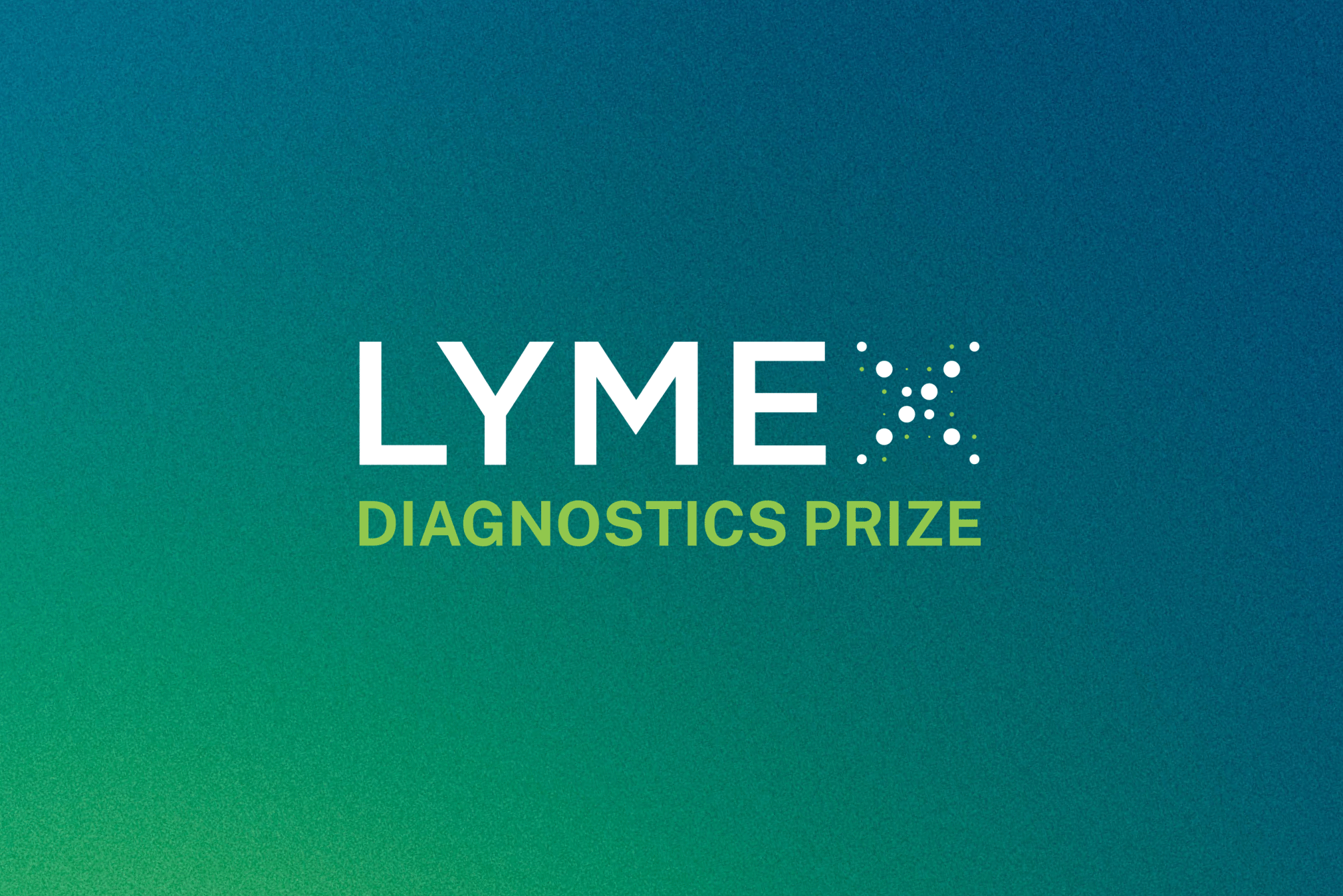New solutions provide hope for a future where anyone can quickly and easily get an accurate Lyme disease diagnosis.
Early diagnosis of Lyme disease is critical. If left untreated, the bacterial infection can become harder to eradicate and spread throughout the body. There is currently no FDA-cleared test for active Lyme disease infection; the two-tier testing system — originally developed in 1994 for disease surveillance, not as a stand-alone diagnostic test — relies on the presence of antibodies and can only be used accurately four to six weeks after infection.
Current Lyme disease diagnostics miss up to 60% of early-stage cases. But it doesn’t have to be that way. New solutions are providing hope for a future where anyone can quickly and easily get an accurate Lyme disease diagnosis.
This month, the U.S. Department of Health and Human Services (HHS) and the Steven & Alexandra Cohen Foundation (Cohen Foundation) announced 10 Phase 1 winners in the LymeX Diagnostics Prize, a LymeX Innovation Accelerator (LymeX) competition to accelerate the development of Lyme disease diagnostics. Phase 1 called on scientific, technical, and clinical experts to submit innovative methods for detecting active Lyme disease infections in people. The ultimate goal of the multiphase competition, designed and produced by Luminary Labs, is to nurture the development of diagnostics toward Food and Drug Administration review.
The Lyme-disease-causing bacteria is uniquely complex, and collaboration is vital to accelerating innovation in disease diagnostics. The LymeX Diagnostics Prize’s open innovation model is accelerating discovery and development by offering funding alongside exclusive access to key resources and collaboration opportunities — helping innovators take their solutions from concept to the healthcare market. From planning workshops to the multidisciplinary group of technical reviewers and judges, the LymeX Diagnostics Prize has brought together patients, advocates, academia, nonprofits, industry, and government to address this urgent patient need.
From May to August 2022, Phase 1 received 52 solutions for detecting active Lyme disease infections in people. Solutions incorporated techniques such as radiology imaging, genomics sequencing, and microfluidics; submissions also translated approaches used in diagnosing other infectious diseases, including COVID-19. Technical reviewers initially evaluated this highly competitive field, and then the competition judging panel assessed submissions according to official evaluation criteria.
Congratulations to the Phase 1 winners, who will each receive $100,000 and an invitation to participate in a second phase, subject to the availability of future funding:
- BlueArc Biosciences. A molecular diagnostic blood test for Lyme B. burgdorferi s.l. using innovative polymerase chain reaction (PCR) assay that targets biomarkers for increased accuracy using standard laboratory equipment.
- Drexel University College of Medicine. A small-volume serum test using glycan biomarkers to detect active Lyme disease infection, track treatment response, and distinguish between diseases with similar symptoms.
- George Mason University. A urine direct test that targets absolutely specific protein molecules and would provide direct information about pathogen activity.
- HelixBind. A test combining novel sample preparation and artificial nucleic acid detection to identify active infection in whole blood, synovial fluid, and cerebrospinal fluid.
- InBios International. An automated, quantified, array-based serum test using machine learning to improve sensitivity in categorizing specimens.
- Massachusetts General Hospital. A plasma test depleting human background material from samples and detecting low-abundance nucleic acid from tick-borne pathogens.
- Serimmune. A universal multiplex serum test that incorporates patient-centric surveillance testing, population data, and machine learning to enhance understanding of tick-borne diseases.
- T2 Biosystems. A whole blood test designed to directly detect Lyme disease-causing bacteria, providing results in three to five hours with higher accuracy.
- Tufts University. A serum test targeting a unique antibody that would more accurately identify early infection and allow clinicians to optimize additional treatment.
- Virginia Tech. A test using monoclonal antibodies in conjunction with immuno-PCR to detect a unique B. burgdorferi biomarker in multiple biofluids.
At the discretion of HHS and the Cohen Foundation, and subject to availability of future funding, at least one additional phase may follow Phase 2. Future phases are expected to focus on clinical and nonclinical validation of diagnostic tests that detect active infection by Lyme-disease-causing bacteria, as well as readiness for regulatory submission and market entry. Thanks to a $10 million pledge to the LymeX Diagnostics Prize from the Cohen Foundation, $9 million in additional LymeX prizes are projected to be available in proposed future phases.

